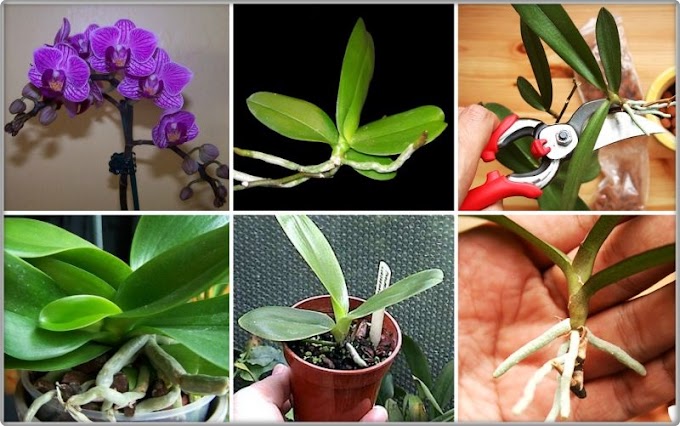Lithops aucampiae is a small caespitose succulent plant, up to 2 inches (5 cm) tall. With age it may form small clusters of up to 12 or more, bodies (mostly 2-5). It is very variable with brown-red bodies with intricate brown patterns, but conforms to the typical Lithops morphology: two thick, fleshy leaves (each with a large leaf window to allow light into the underground part of the plant), separated by a crack from which a yellow flower appears.
The windowed part allows light into the inner portion of the leaf where the process of photosynthesis is carried out. Flowers are daisy-like, bright yellow and up to 2 inches (5 cm) in diameter.
How to Grow and Care
Lithops develop a new set of leaves every year, with new leaves emerging in the fall and growing through the winter and into the summer. In late summer, the plant will go dormant and water should be severely restricted to prevent bursting leaves.
The flowers appear near the end of summer or fall, first showing up as a small bud forcing its way between the leaves and growth will begin again. It’s safe to water during this period.
Heading into the winter, the leaves will still be growing, but you should stop watering, even as the older leaves shrivel up and encase the new growth. In the spring, it’s safe to begin lightly watering again as the plant begins to grow again, heading toward their summer dormancy period and the emergence of new leaves in the fall.
Lithops are very slow growing, small plants, which makes them ideal as houseplants (once you get the hang of their watering schedule). Older plants form attractive clumps of “pebbles” in their pots, which are highly prized. In general, plants should only be repotted if there are cultural problems (soggy soil) or the plant has outgrown its dish container, which will only happen every several years…
The windowed part allows light into the inner portion of the leaf where the process of photosynthesis is carried out. Flowers are daisy-like, bright yellow and up to 2 inches (5 cm) in diameter.
How to Grow and Care
Lithops develop a new set of leaves every year, with new leaves emerging in the fall and growing through the winter and into the summer. In late summer, the plant will go dormant and water should be severely restricted to prevent bursting leaves.
The flowers appear near the end of summer or fall, first showing up as a small bud forcing its way between the leaves and growth will begin again. It’s safe to water during this period.
Heading into the winter, the leaves will still be growing, but you should stop watering, even as the older leaves shrivel up and encase the new growth. In the spring, it’s safe to begin lightly watering again as the plant begins to grow again, heading toward their summer dormancy period and the emergence of new leaves in the fall.
Lithops are very slow growing, small plants, which makes them ideal as houseplants (once you get the hang of their watering schedule). Older plants form attractive clumps of “pebbles” in their pots, which are highly prized. In general, plants should only be repotted if there are cultural problems (soggy soil) or the plant has outgrown its dish container, which will only happen every several years…




